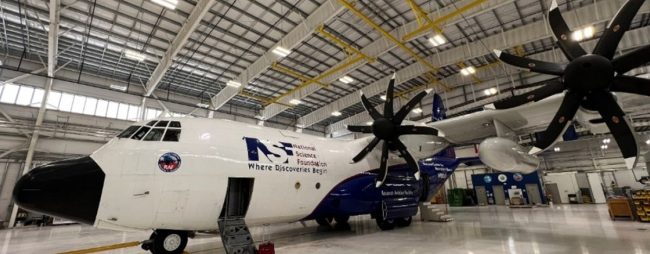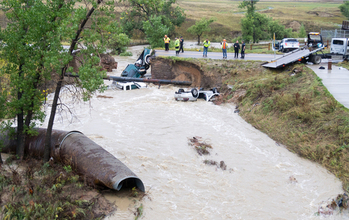New Airborne Radar Partnership Will Give Close 3D Views Inside Clouds and Severe Storms
The Airborne Phased Array Radar (APAR) will be the world’s first phased array C-band, dual-Doppler, dual-polarization radar. WPO helped fund the initial research and development of APAR which received $91.8 million in June from the National Science Foundation.


